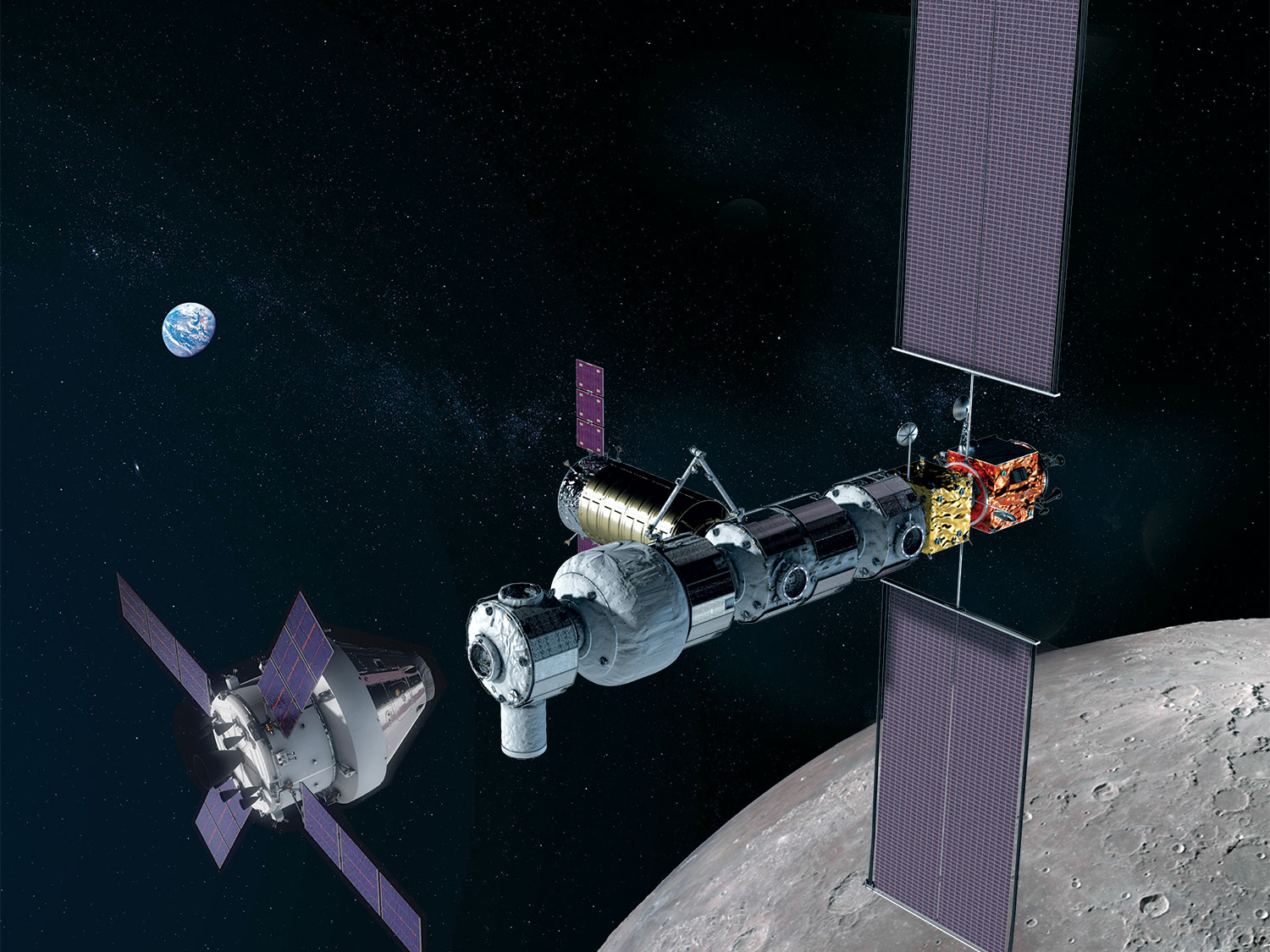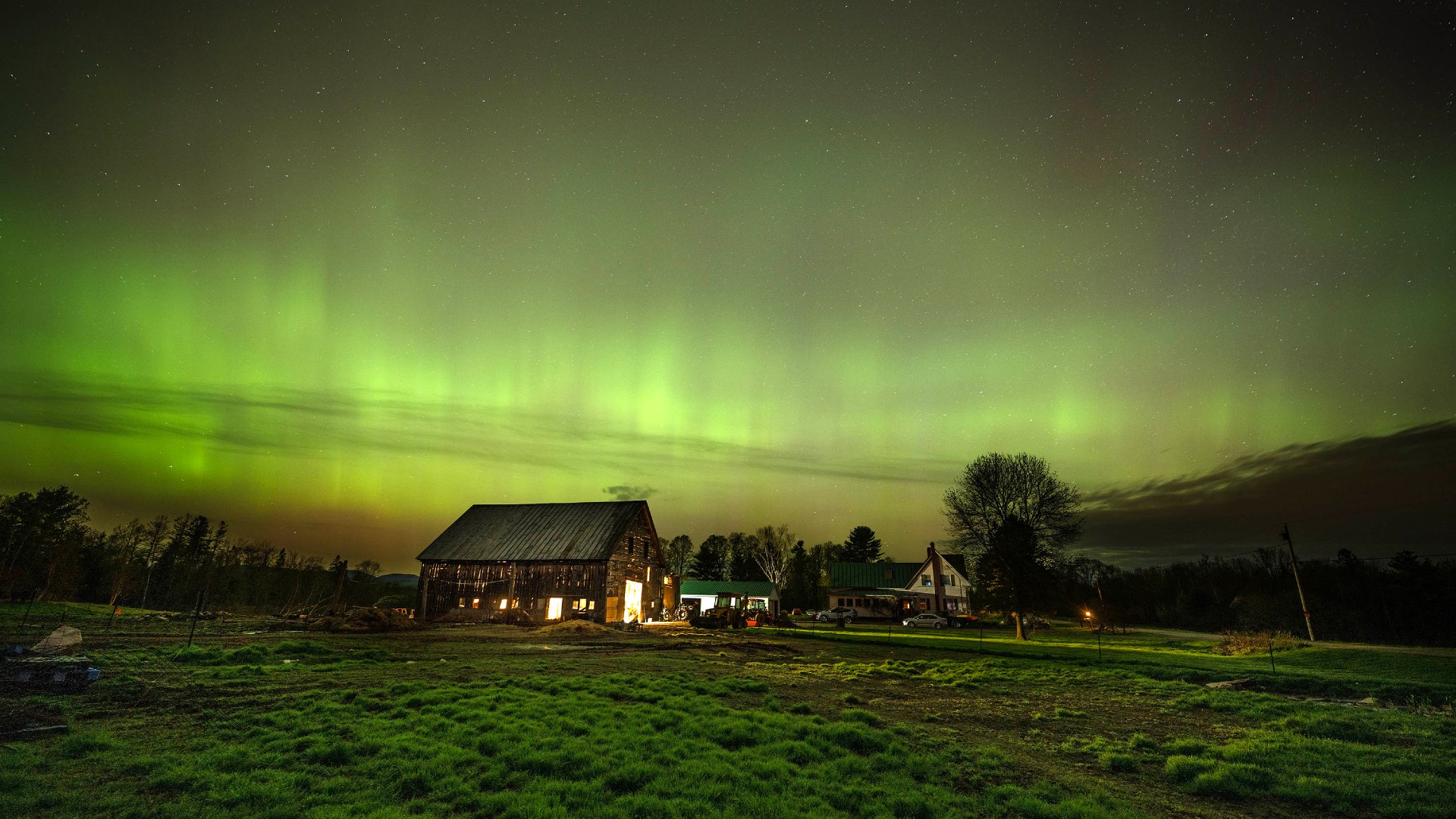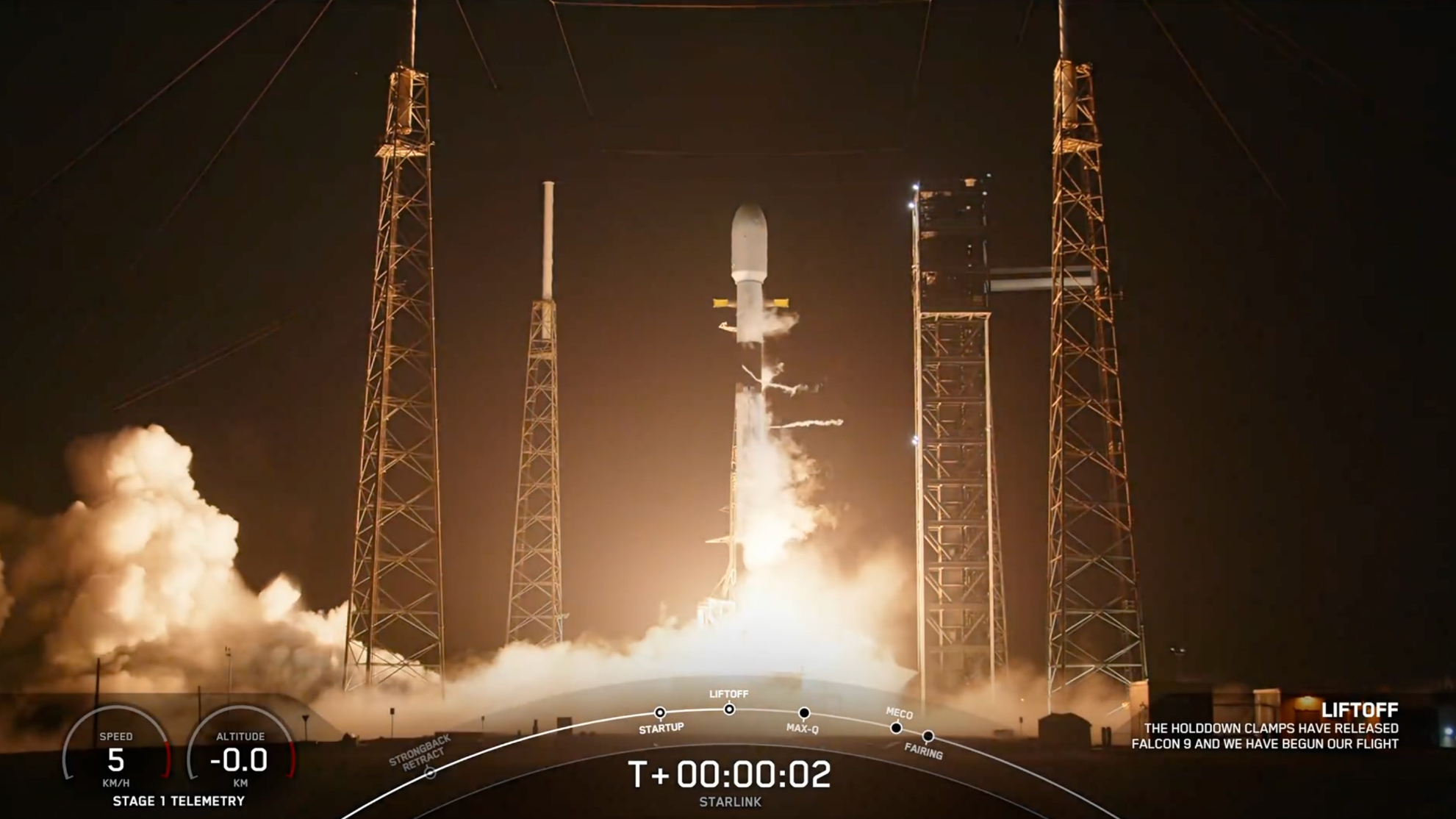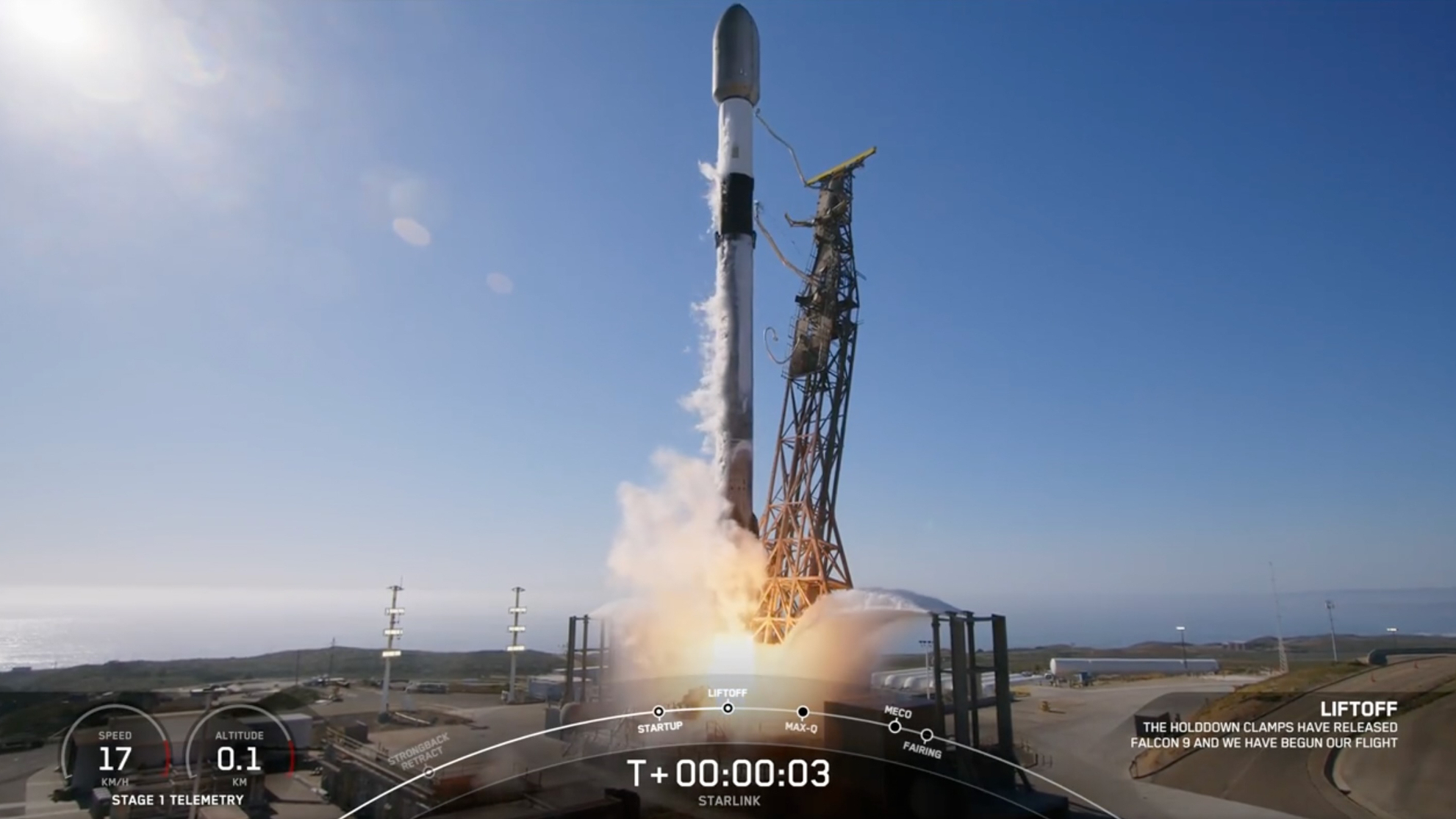
There are probably some frantic emails flying between NASA headquarters and the White House right now.
In a tweet today (June 7), President Donald Trump appeared to signal a lack of support for NASA's current push to put people on the moon in the 2020s — a push that he officially kicked off in December 2017 with the signing of Space Policy Directive 1 (SPD-1) and backed with a proposed funding increase just last month.
"For all of the money we are spending, NASA should NOT be talking about going to the Moon — We did that 50 years ago. They should be focused on the much bigger things we are doing, including Mars (of which the Moon is a part), Defense and Science!" the president tweeted.
Related: In Photos: President Donald Trump and NASA
For all of the money we are spending, NASA should NOT be talking about going to the Moon - We did that 50 years ago. They should be focused on the much bigger things we are doing, including Mars (of which the Moon is a part), Defense and Science!June 7, 2019
SPD-1 directs NASA to establish a long-term, sustainable presence on and around the moon, and to use the experience gained in this effort to reach the ultimate human-spaceflight destination: Mars. So, the somewhat confusing latter part of the president's tweet — calling the moon a part of Mars — may be a reference to the horizon goal laid out in SPD-1.
NASA has organized its crewed lunar plans into a program called Artemis, which includes the construction of a small, moon-orbiting space station known as the Gateway. The space agency initially targeted the late 2020s for the first crewed lunar landing since the end of the Apollo era, but the timeline was recently moved up significantly: In March, Vice President Mike Pence instructed NASA to make it happen by 2024.
Last month, Trump proposed giving NASA an extra $1.6 billion in 2020 to help achieve this ambitious goal.
Get the Space.com Newsletter
Breaking space news, the latest updates on rocket launches, skywatching events and more!
The 2024 landing will take place near the moon's south pole, where water ice appears to be common on the floors of permanently shadowed craters, and will involve at least one woman, NASA officials have said.
To date, 12 people have walked on the moon, as part of NASA's Apollo program. All of them were men.
It's unclear at the moment if today's tweet represents a substantial shift in thinking at the White House about NASA's goals and direction. And this ambiguity has spurred some in the spaceflight community to call on the president to explain fully what he means.
"Success in human spaceflight requires consistency and clarity in national policy. The White House needs to clarify its expectations so that NASA can achieve great feats of science and exploration," representatives of the nonprofit Planetary Society, which is led by former TV "Science Guy" Bill Nye, tweeted this afternoon.
We'll let you know if such clarification does indeed come.
Success in human spaceflight requires consistency and clarity in national policy. The White House needs to clarify its expectations so that NASA can achieve great feats of science and exploration. https://t.co/gG3SSkEykhJune 7, 2019
- NASA Plans to Build a Moon-Orbiting Space Station: Here's What You Should Know
- Can NASA Really Put Astronauts on the Moon in 2024?
- Home On the Moon: How to Build a Lunar Colony (Infographic)
Editor's note: This story was updated at 6:45 p.m. EDT to include the Planetary Society's tweet.
Mike Wall's book about the search for alien life, "Out There" (Grand Central Publishing, 2018; illustrated by Karl Tate), is out now. Follow him on Twitter @michaeldwall. Follow us on Twitter @Spacedotcom or Facebook.
Join our Space Forums to keep talking space on the latest missions, night sky and more! And if you have a news tip, correction or comment, let us know at: community@space.com.

Michael Wall is a Senior Space Writer with Space.com and joined the team in 2010. He primarily covers exoplanets, spaceflight and military space, but has been known to dabble in the space art beat. His book about the search for alien life, "Out There," was published on Nov. 13, 2018. Before becoming a science writer, Michael worked as a herpetologist and wildlife biologist. He has a Ph.D. in evolutionary biology from the University of Sydney, Australia, a bachelor's degree from the University of Arizona, and a graduate certificate in science writing from the University of California, Santa Cruz. To find out what his latest project is, you can follow Michael on Twitter.









